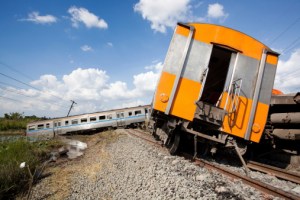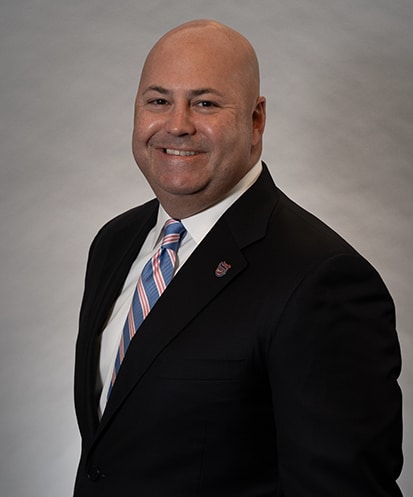What A Train Crash in Spain Can Teach Us in Washington, D.C.
 On September 9, 2016, a Portuguese train derailed right at a station on the border of Spain and Portugal. The causes of the derailment are still under investigation. Two passengers (one from the U.S.), the driver and the conductor all died in the crash, but the rest of the passengers survived. “The front portion of the train was badly mangled, but the last two carriages were only lightly affected and Spanish media report that many people were able to walk off the damaged train,” according to the BBC. There is no news as to whether any of those other passengers, however, sustained any injuries.
On September 9, 2016, a Portuguese train derailed right at a station on the border of Spain and Portugal. The causes of the derailment are still under investigation. Two passengers (one from the U.S.), the driver and the conductor all died in the crash, but the rest of the passengers survived. “The front portion of the train was badly mangled, but the last two carriages were only lightly affected and Spanish media report that many people were able to walk off the damaged train,” according to the BBC. There is no news as to whether any of those other passengers, however, sustained any injuries.
We read the story, and the first thing all of us thought about was that awful Amtrak train derailment from May of last year. Twice as many people died in that crash, but it could have been so much more. Because there have been so many train accidents in the news over the past few years, it is easy to assume that the number of accidents is increasing.
In fact, just the opposite seems to be true. The Washington Post reports that as of 2015, Amtrak “accidents due to track problems have fallen by two thirds since 2000, while accidents caused by human error have roughly halved over that period.” But they also note that the number of accidents caused by equipment problems has remained steady for the last decade and half, and that this number experienced a small bump in the middle of the 2000s. The Association of American Railroads reports that “the train accident rate in 2015 was down 77 percent from 1980 and down 37 percent from 2000; the employee injury rate in 2015 was down 84 percent from 1980 and down 47 percent from 2000; and the grade crossing collision rate in 2015 was down 81 percent from 1980 and down 42 percent from 2000. By all of these measures, recent years have been the safest in rail history” (emphasis ours).
While it is encouraging to see this downward decline over the years, the statistics still do not justify any single incident that may occur due to the negligence of the industry, and the statistics certainly do not justify the loss of any life that would have been avoided by proper conduct.
So how safe are we, really, on a train?
Derailments and crashes make the news because they are rare, because trains are big, and because the number of people on board a train can number in the hundreds. While it is reassuring to know that the accident rate is dropping, the Post’s reference to equipment problems is particularly troublesome – especially in a place like D.C., where replacing aging train cars is a billion-dollar proposition. (Our platforms could use some work, too.)
Regardless of how common such accidents are, they can be truly devastating when they happen. They can also be a nightmare to litigate, especially when multiple parties may be at fault, and when there are multiple families who have been affected. To the victims and their families in Spain and in the U.S., we offer our heartfelt condolences, and hope that you all find some measure of peace in the days to come.
Paulson & Nace, PLLC, is a personal injury law firm serving Washington, D.C. and West Virginia. To learn more about our services, we invite you to call 202-463-1999 or to fill out our contact form.

Christopher T. Nace works in all practice areas of the firm, including medical malpractice, birth injury, drug and product liability, motor vehicle accidents, wrongful death, and other negligence and personal injury matters.
Read more about Christopher T. Nace.
